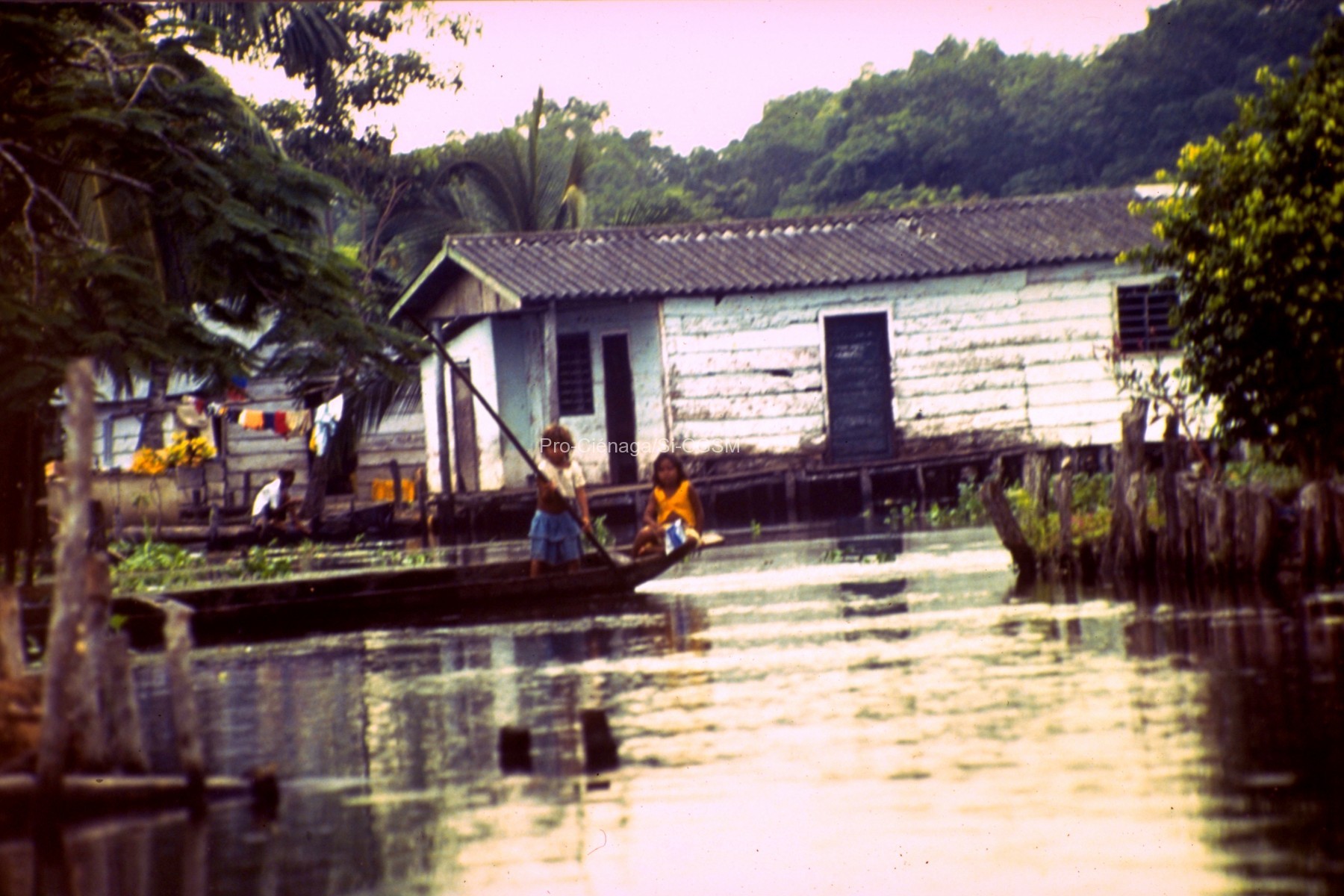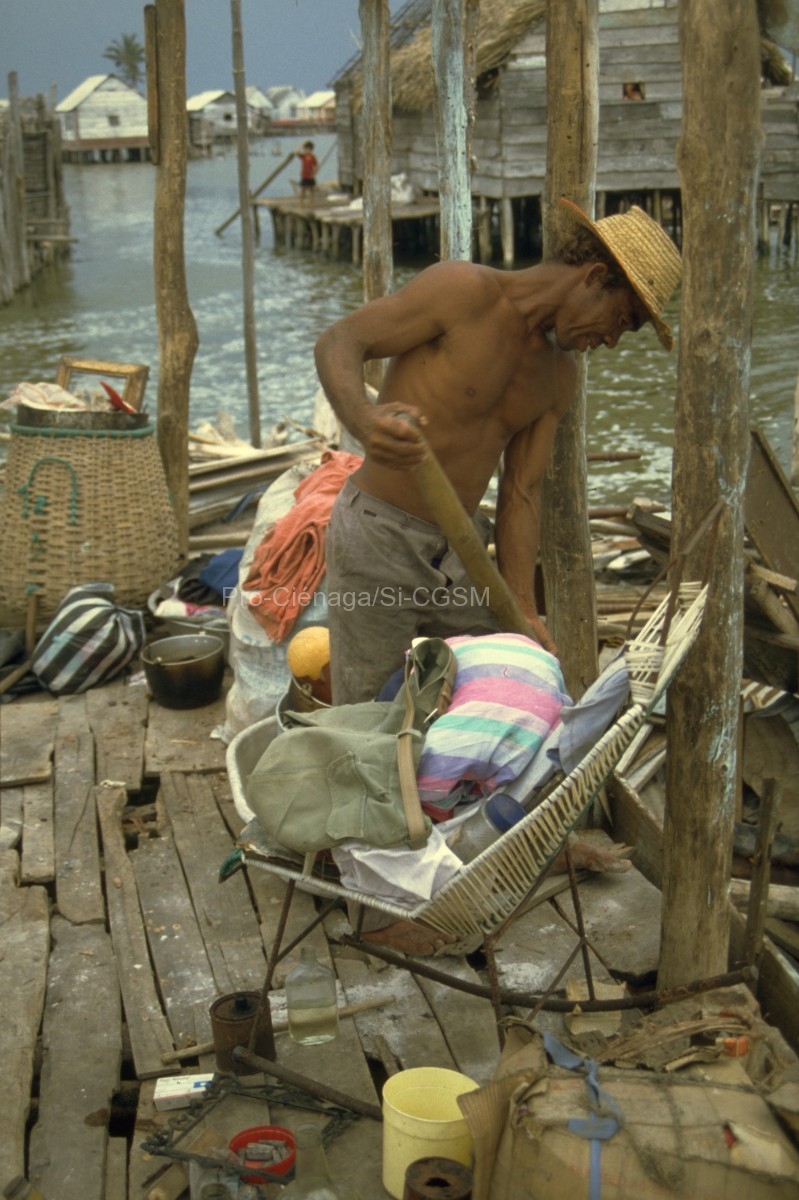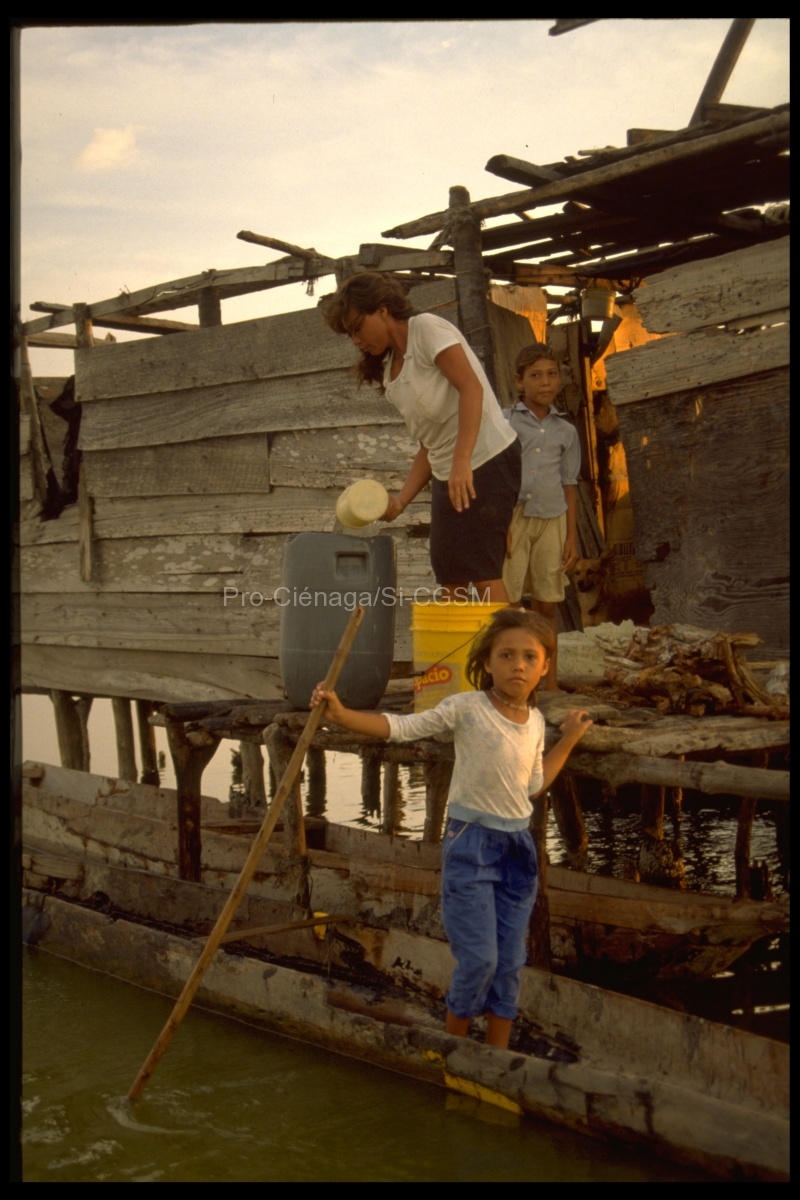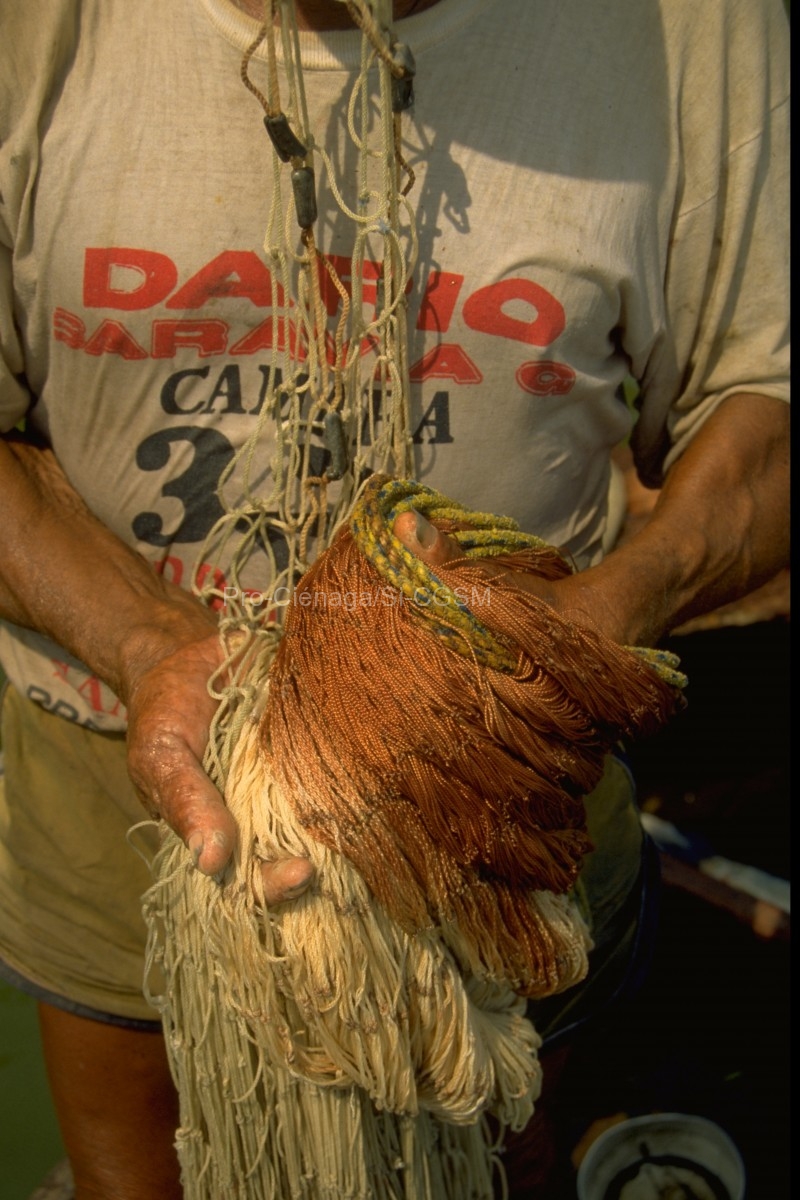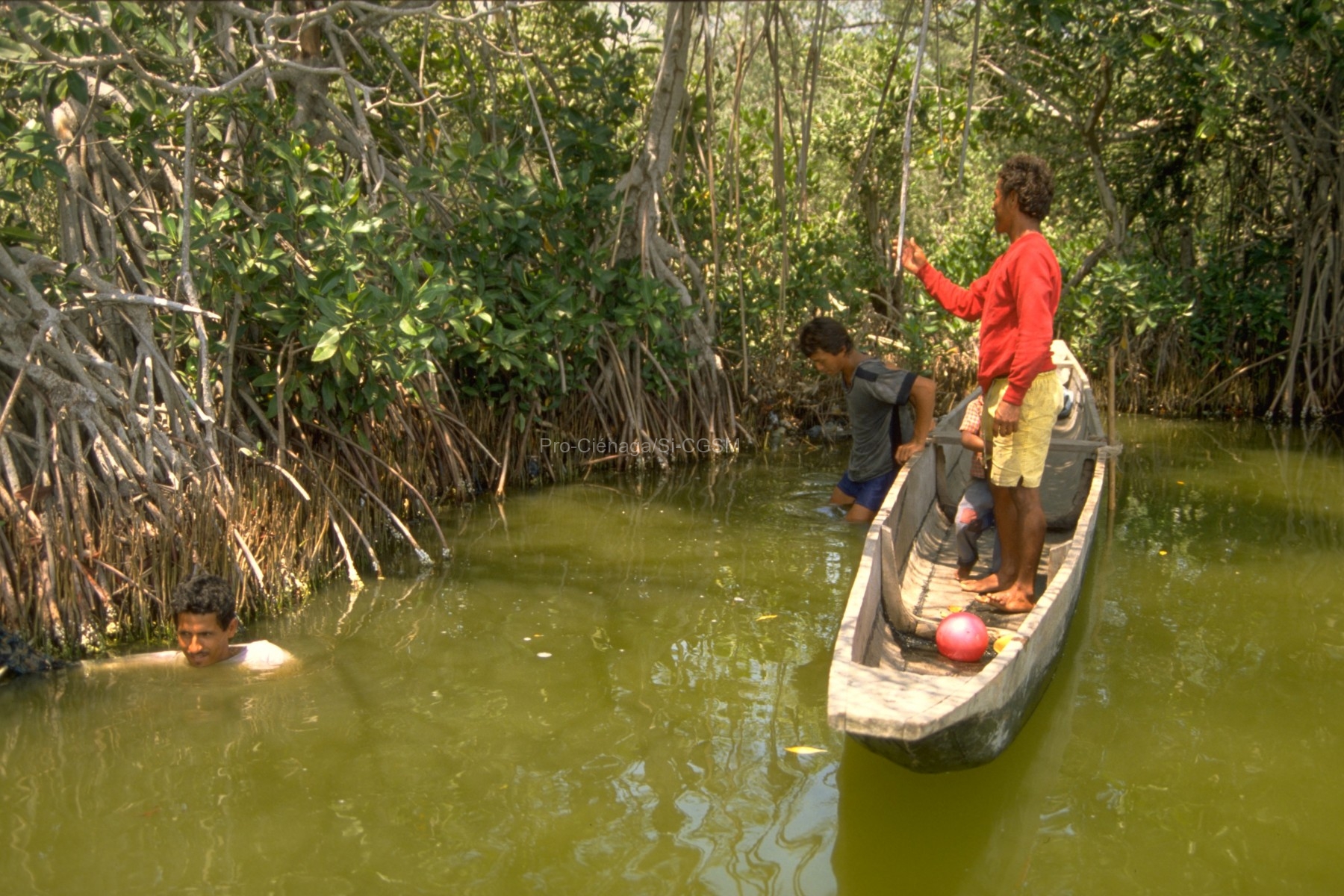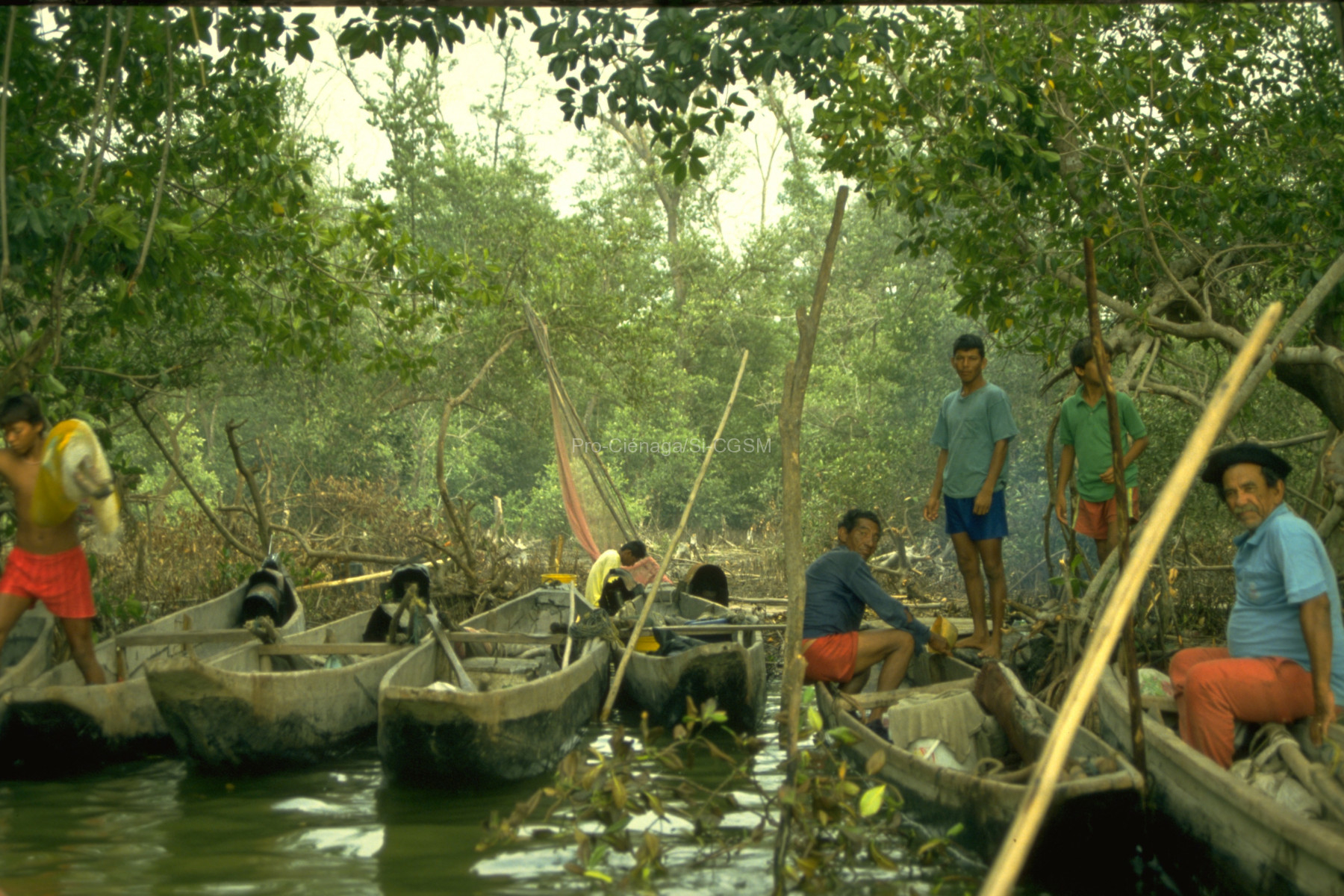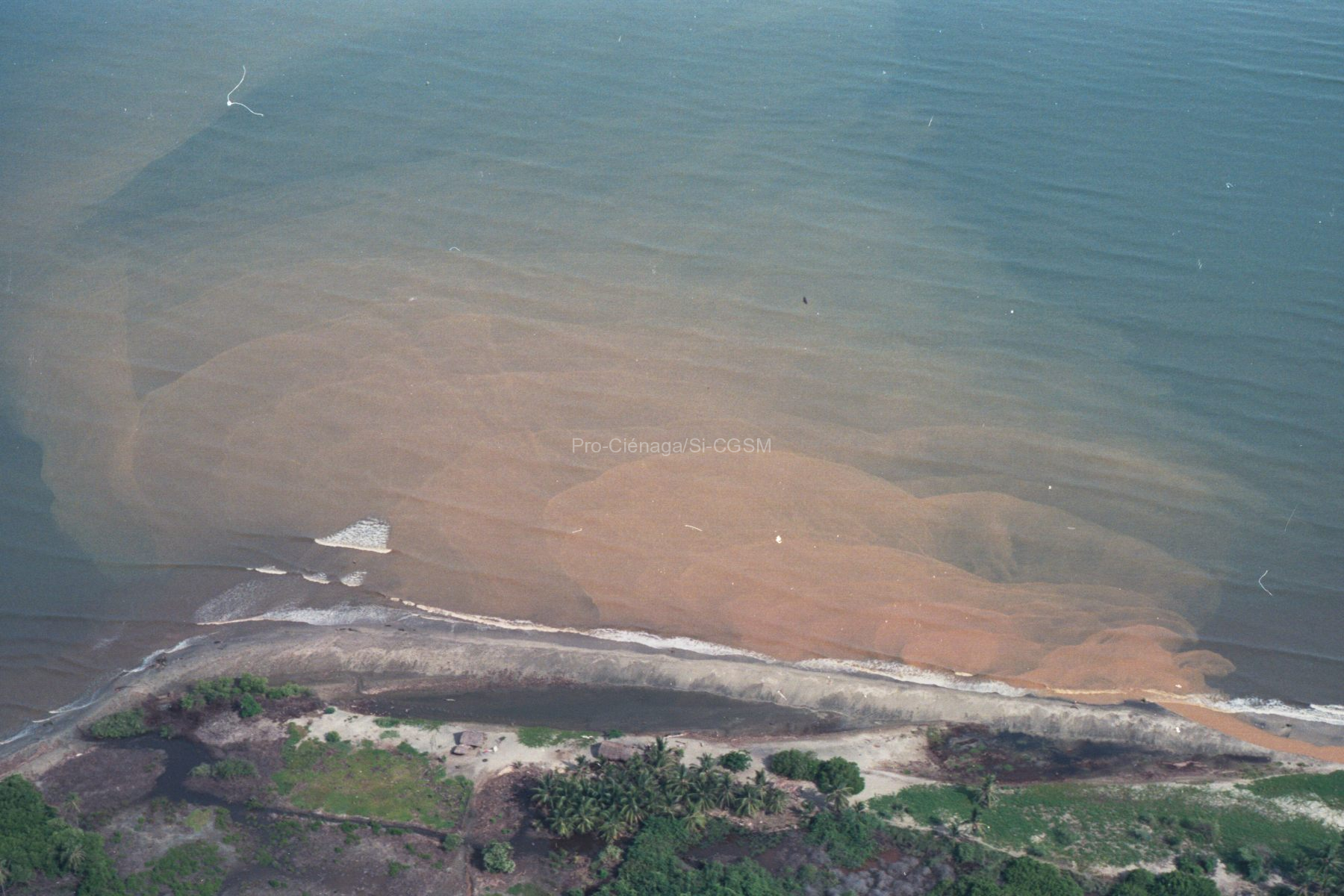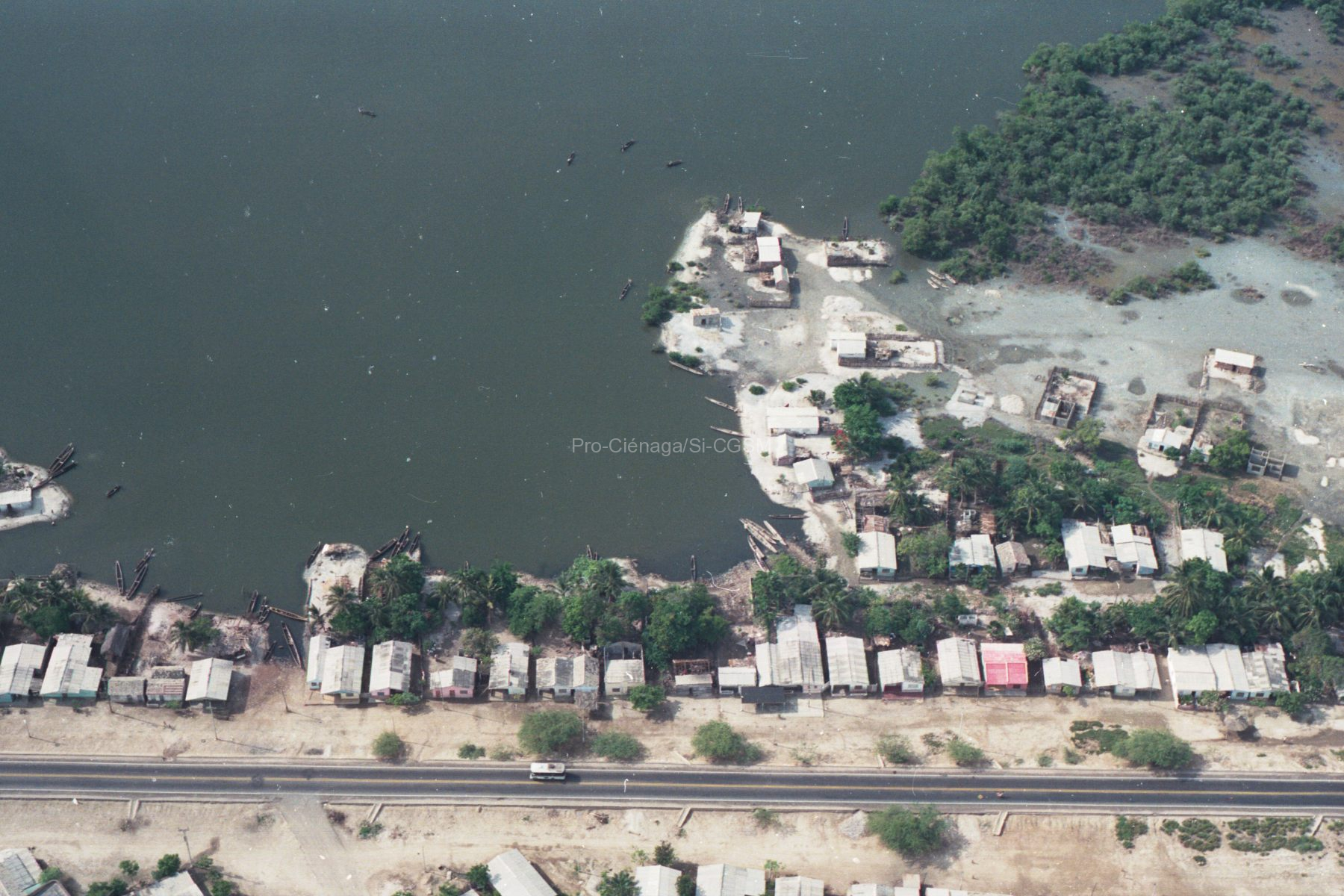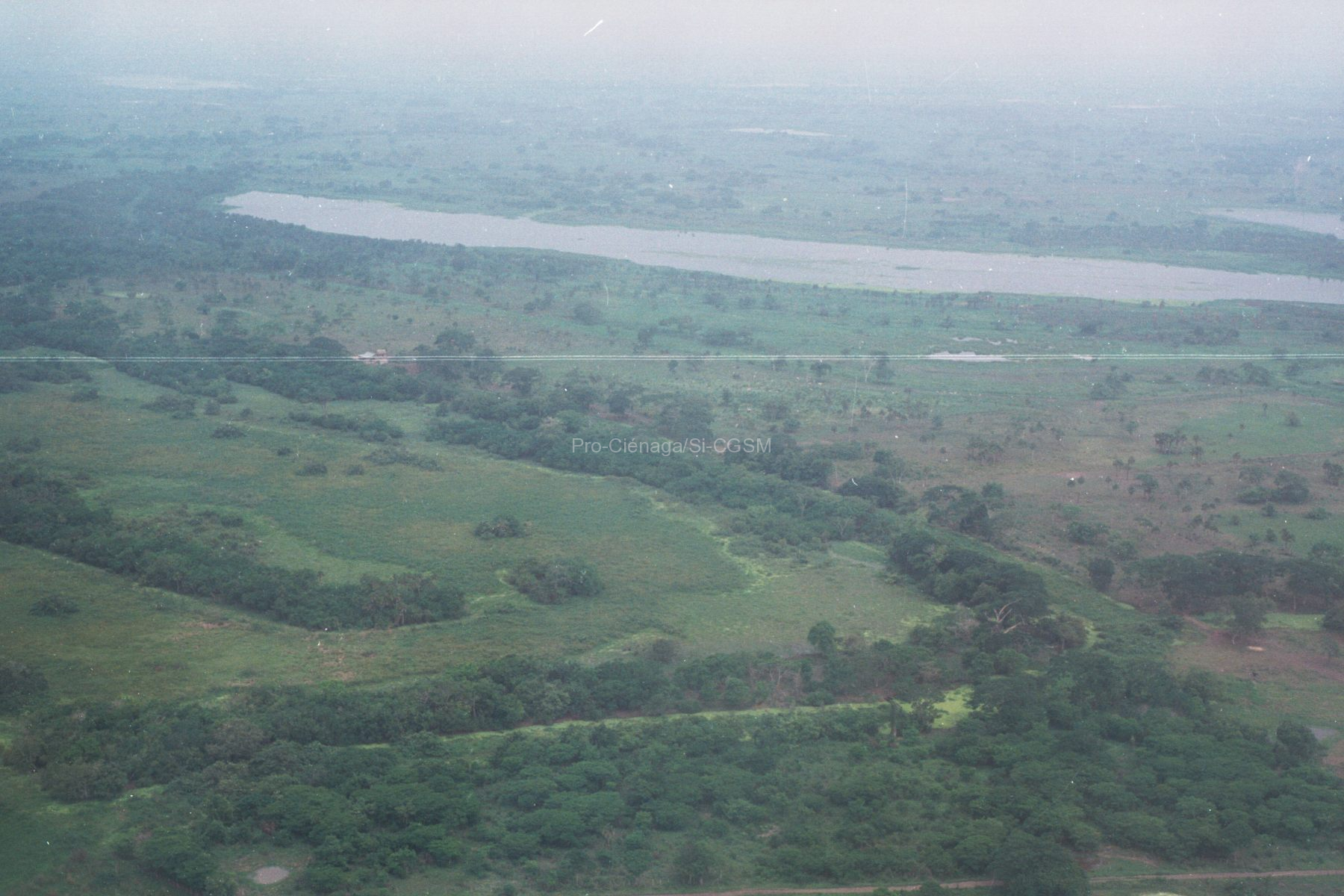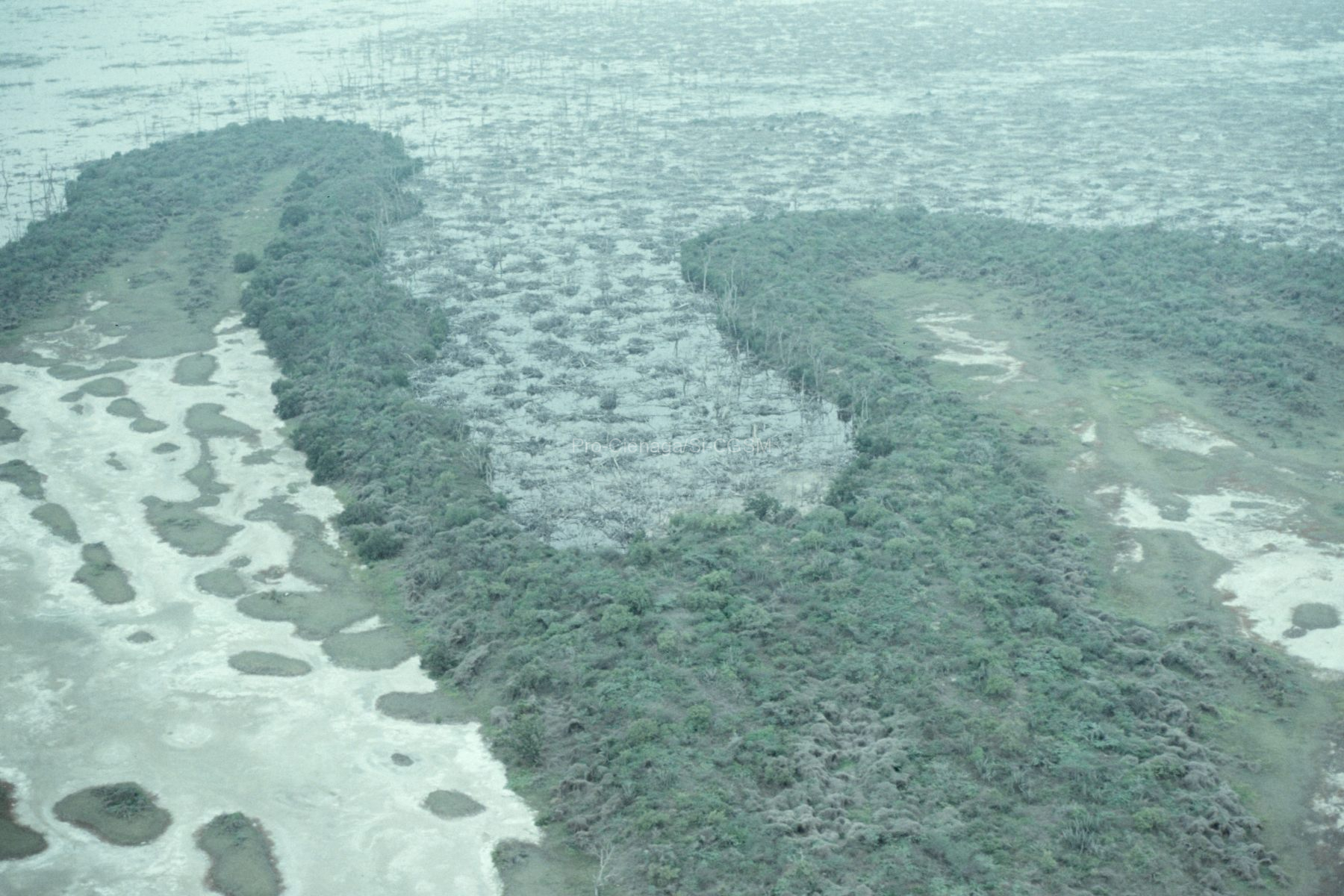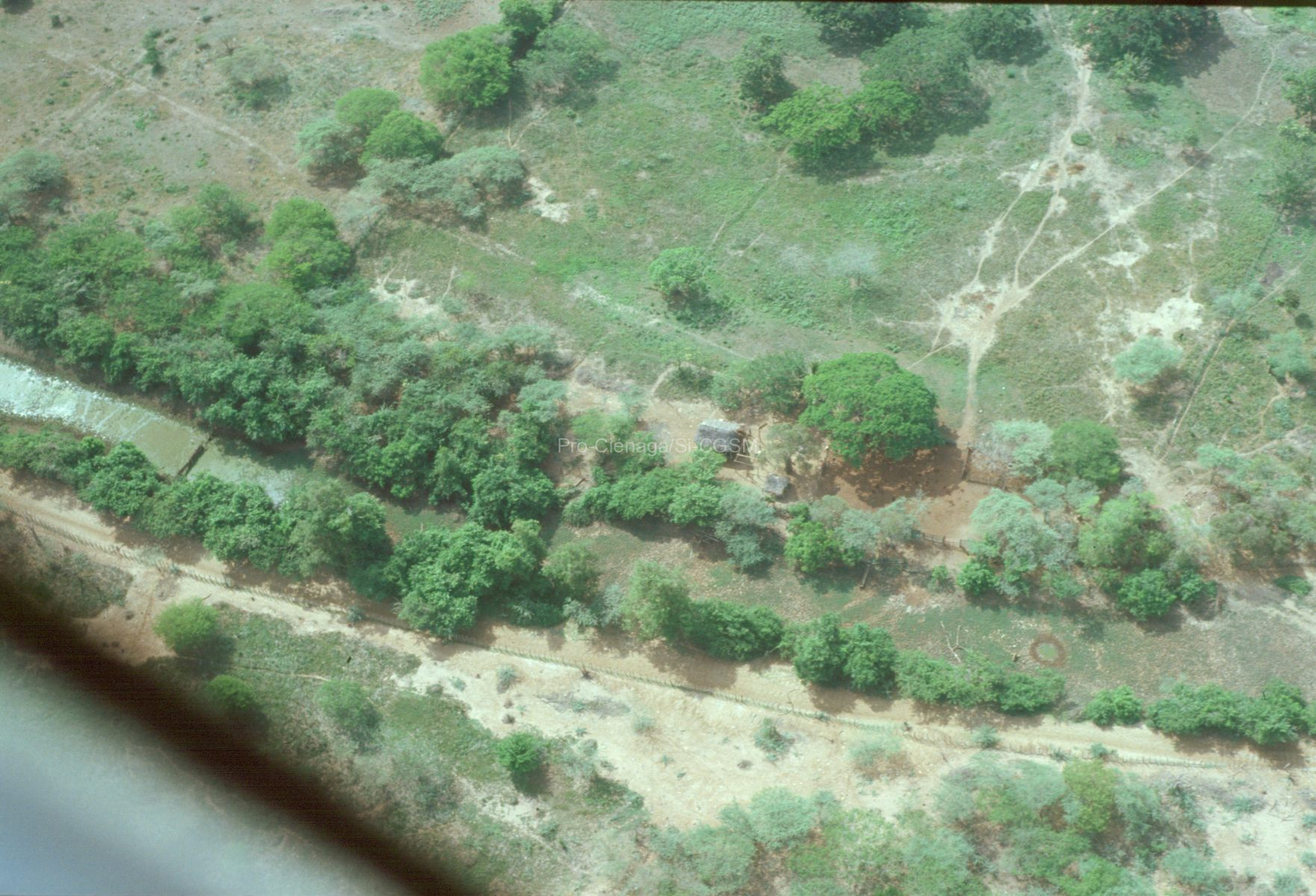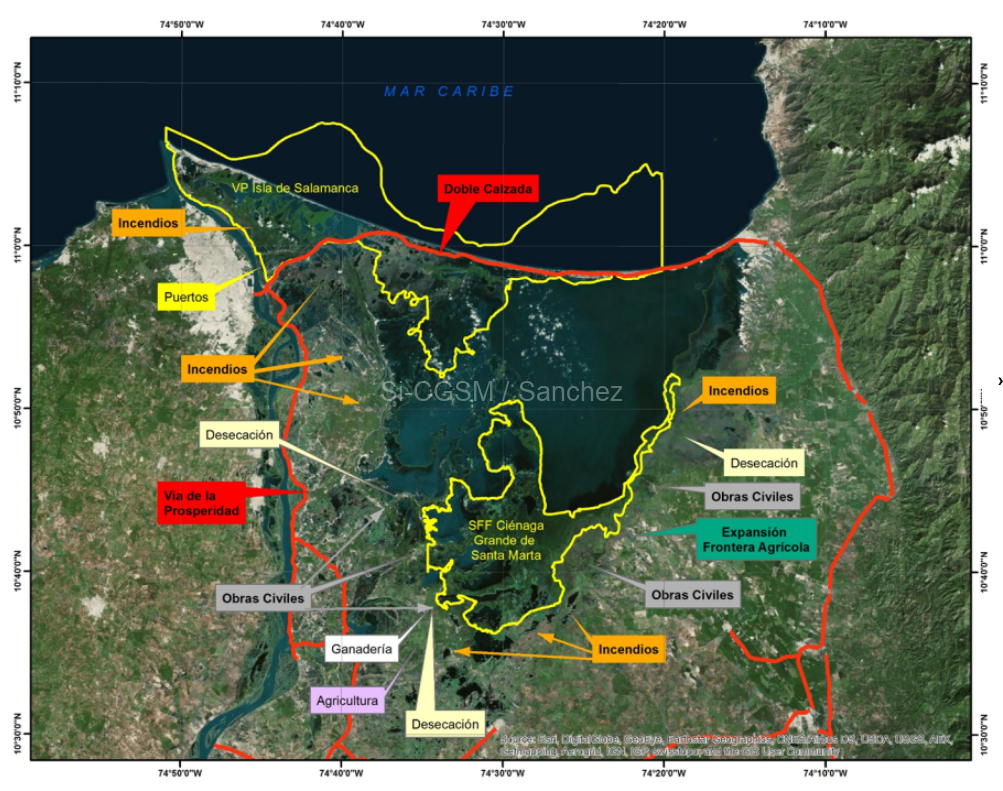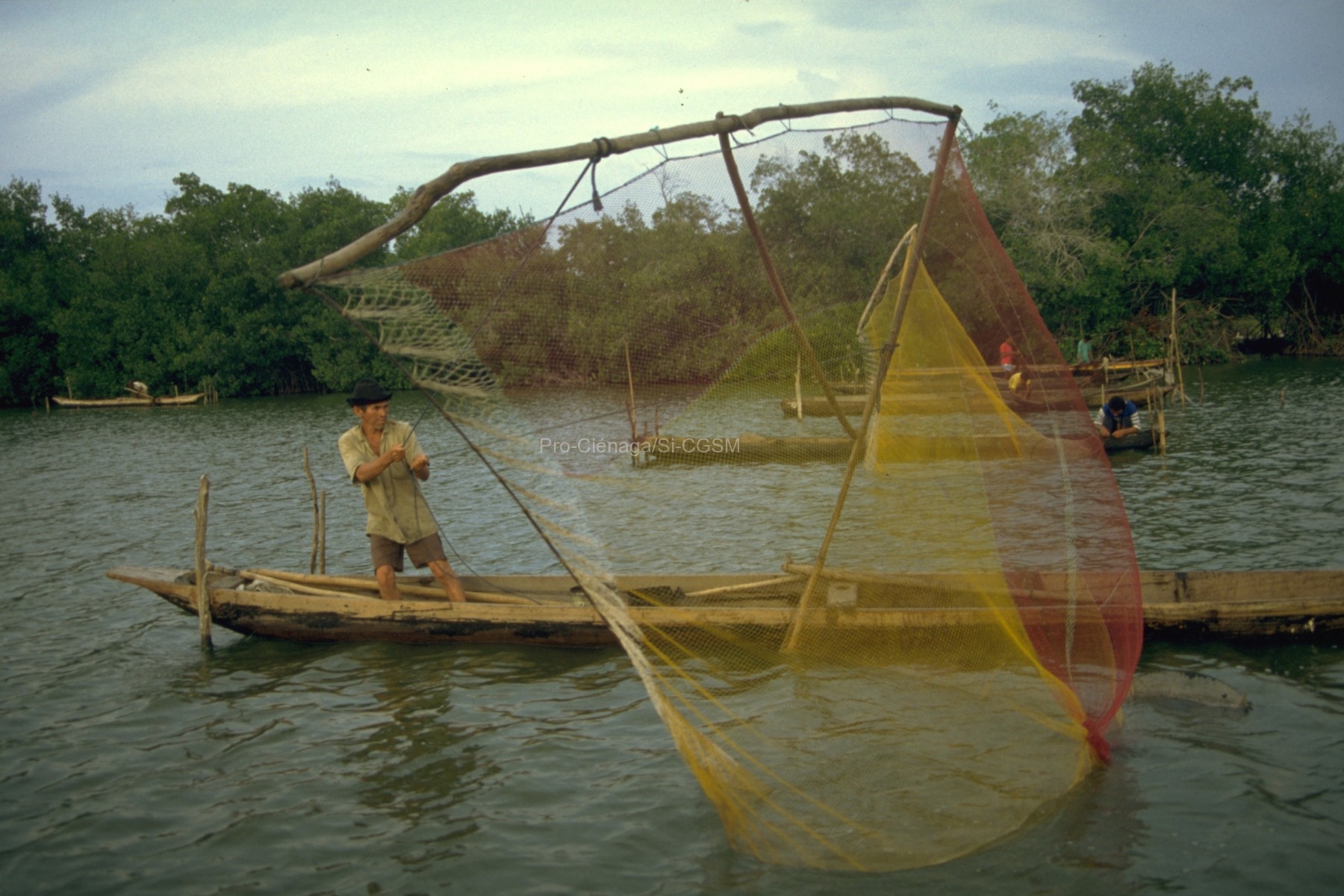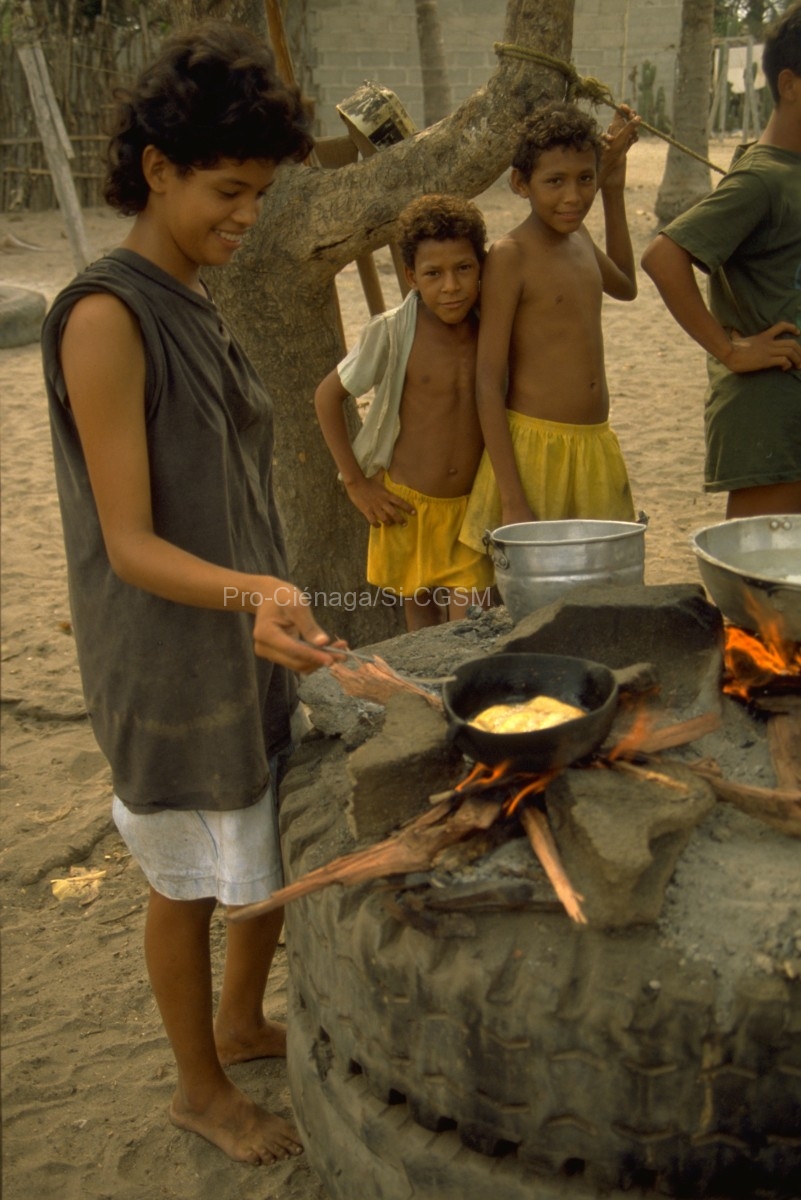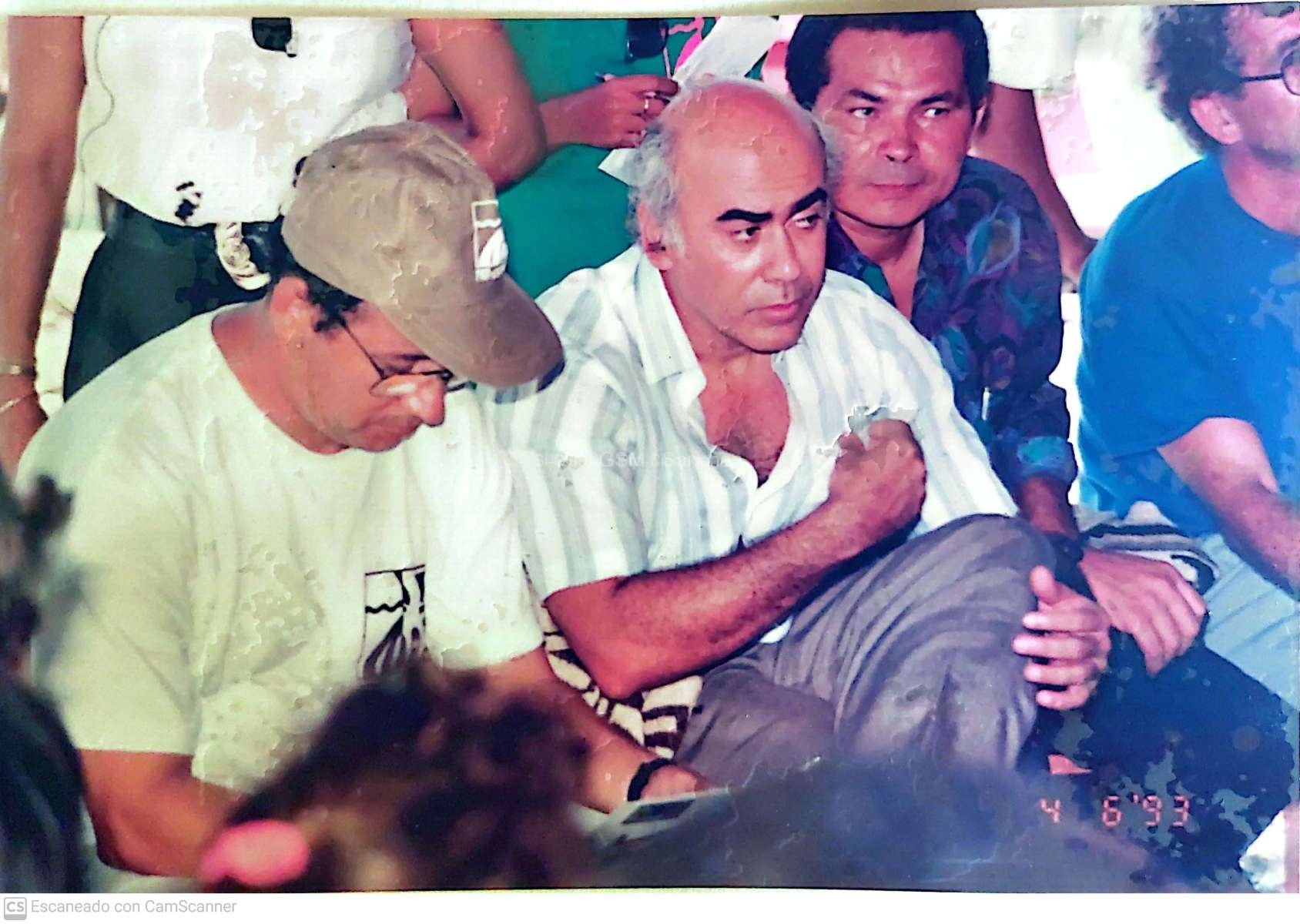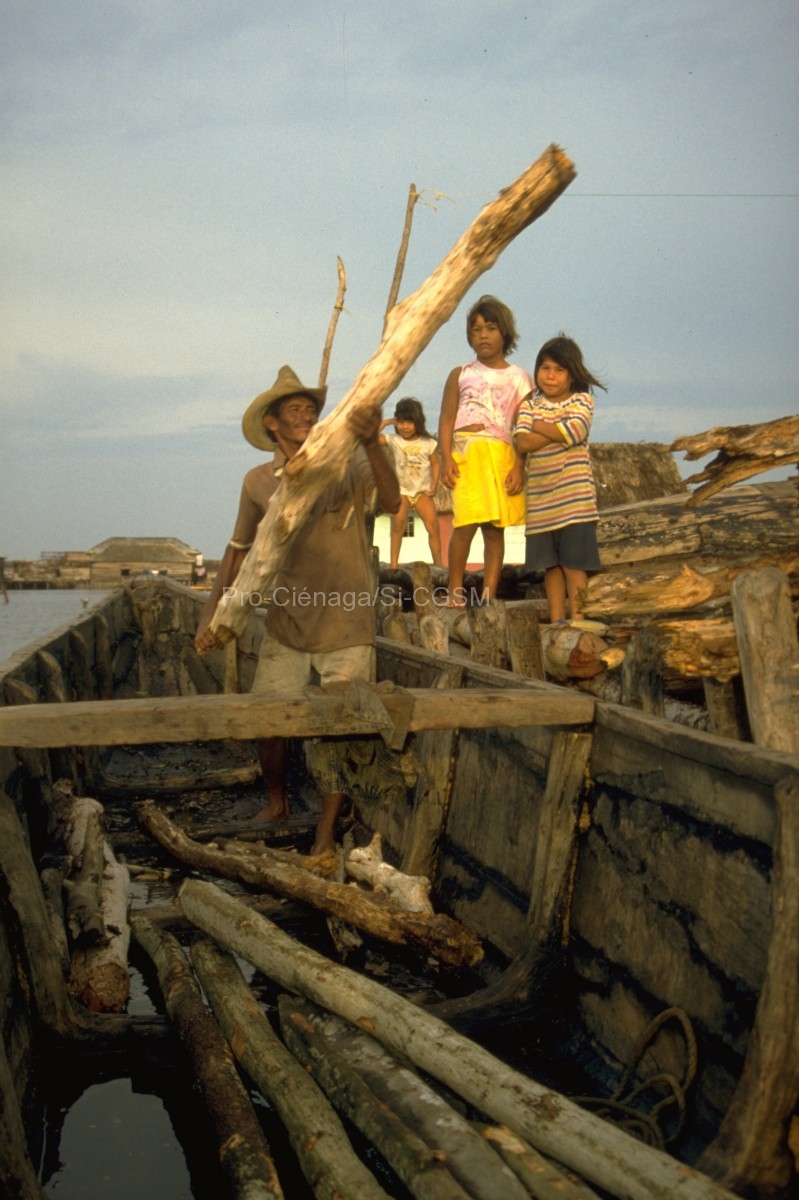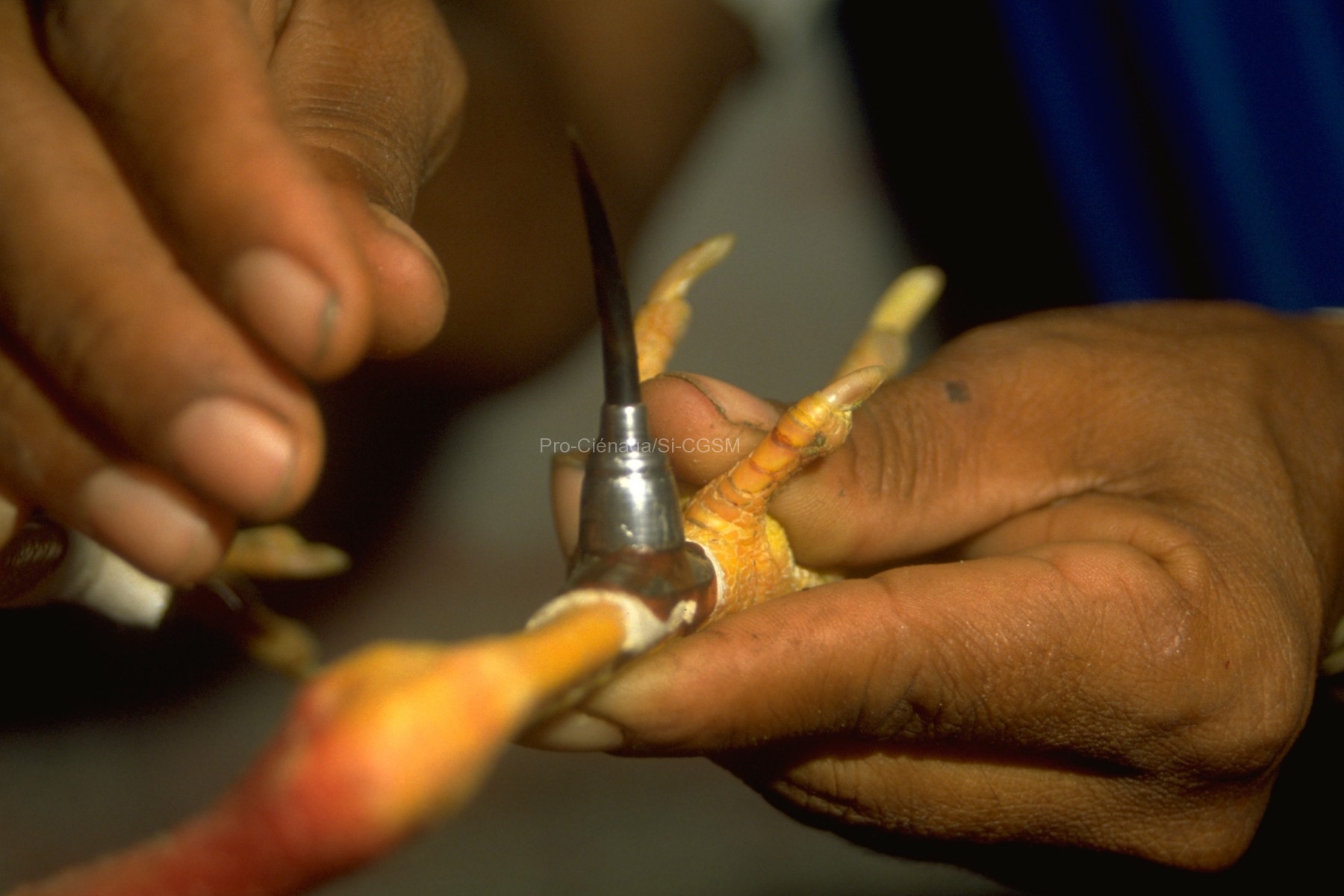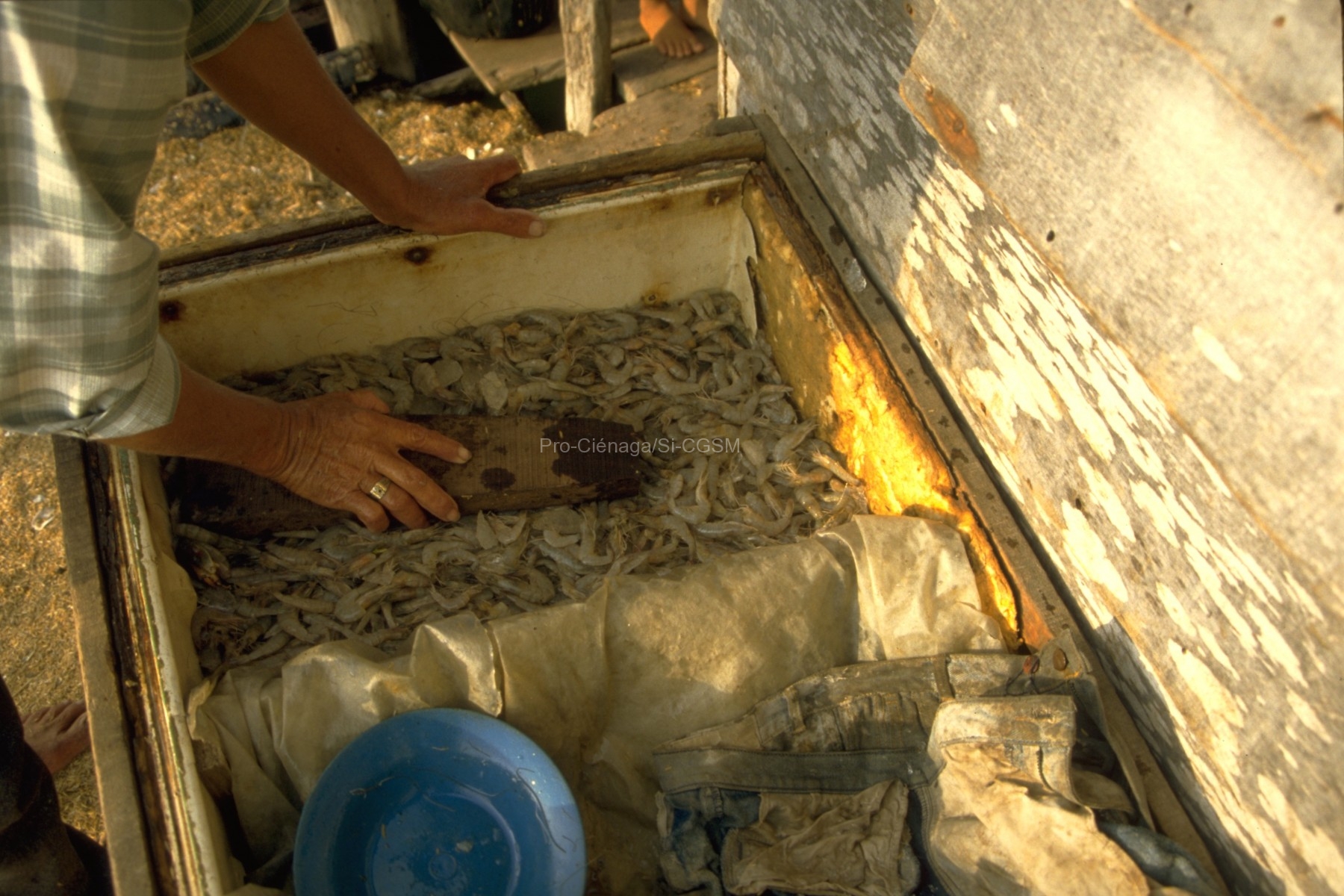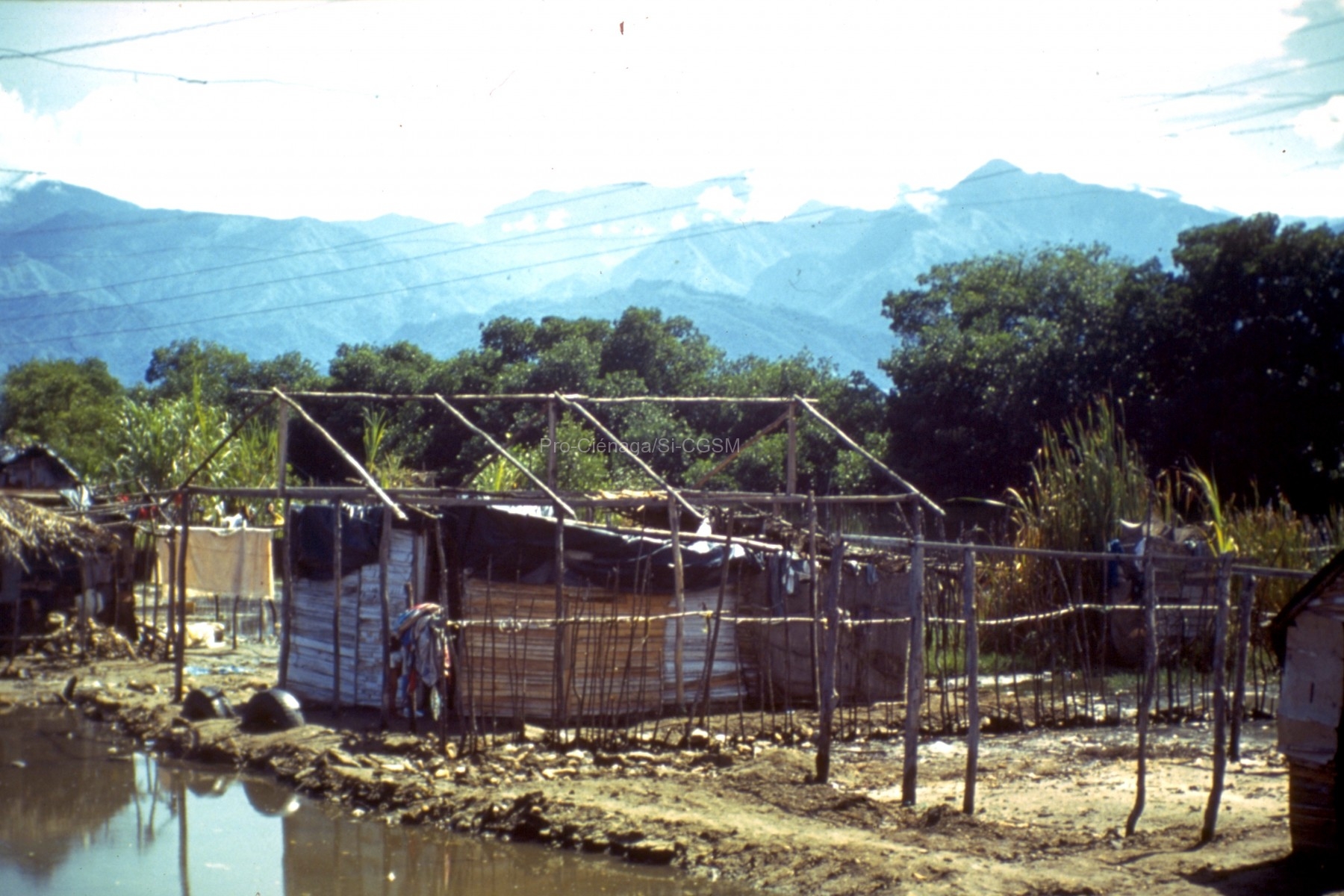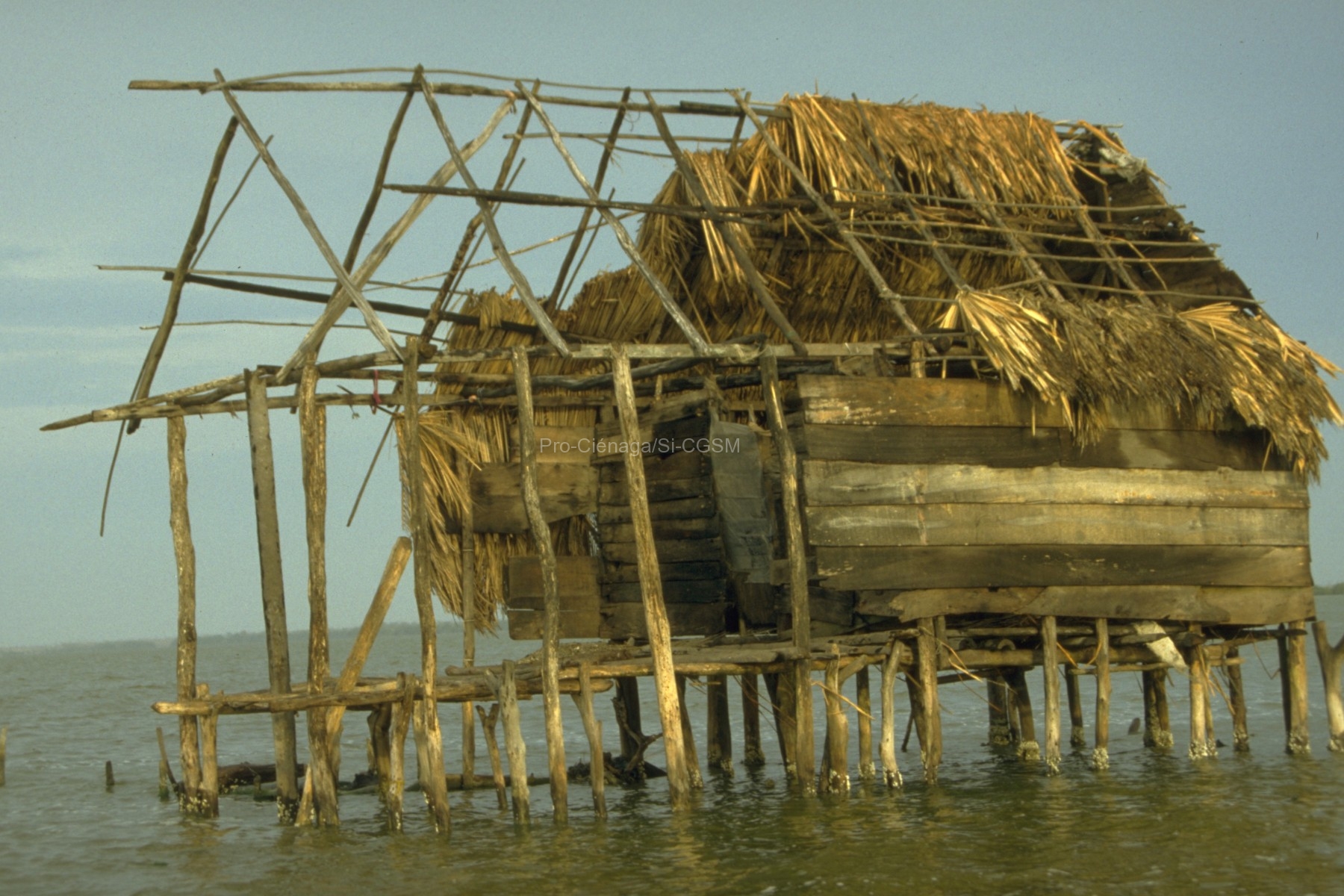https://doi.org/10.1016/S1054-3139(03)00096-1
We estimated the spatial population structure by size and the economical potential (biovalue) of a multispecies fish resource in an estuarine lagoon in Colombia, based on fishery-dependent (catch and effort) and independent (seasonal fishing surveys) data. Model-based (geostatistics, kriging) estimations of such performance variables were used to quantify the uncertainty in abundance, individual price by size and variable costs per haul. Monte Carlo analysis was used to assess the status of the fishery. The spatial dimension of risk analysis was explored by indicator kriging, whereas effects of biovalue on the spatial allocation of fishing effort were evaluated using contingency tables. Fish abundance, individual sizes and biovalue were spatially structured, but the spatial patterns varied between seasons and species. Analysis of biovalue showed a moderate risk that fishers had economic losses derived from the fishing activity. Spatial risk analysis showed that no more than 30% of the total area from the lagoon registered profitable levels of fish abundance, which affected the spatial allocation of fishing effort. Management implications supported by our study suggest seasonal and spatial fishing closures to protect juveniles and spawning stock of fish species.

